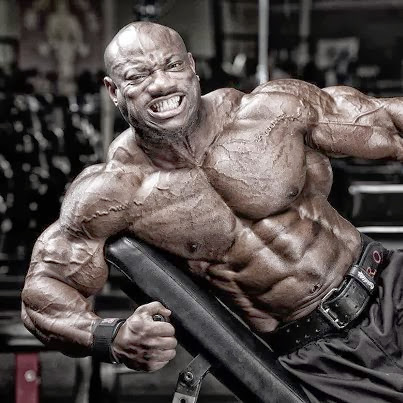Burn Fat With Cardio Exercises:
The average American over the age of 30 will gains 5 pounds a year.
Some estimate that 60 percent of our population is overweight. Of
course, the best way to avoid obesity is to fight back temptation and
never eat those unwanted calories in the first place. Don't worry there
is a way to keep weight gain at bay, and that is through EXERCISE!!!
Whether it's pounding the pavement, peddling miles on the bike, or
climbing those stairs that seem to go nowhere, it's all about cardio
exercise. But other than a sweaty t-shirt, what do you have to show for
your workout? Ripped abs, tone arms, and if your exercising the right
amount of time you could reap the full health benefits of cardiovascular
fitness.
Cardiovascular exercise is any type of exercise that
increases the work of the heart and lungs. From running and walking, to
swimming, elliptical cross-training, biking, Stairmaster, and rowing;
the physical benefits of cardio exercise include:
• Reduced risk of heart disease
• Improved muscle mass
• Improved heart function
• Reduced risk of osteoporosis
• Improved blood cholesterol and triglyceride levels
The American College of Sports Medicine and the CDC recommend, for
health, that adults should accumulate 30 minutes of moderate-intensity
physical activity on most days of the week, and to improve
cardiovascular endurance, they recommend 20 to 60 minutes on three to
five days per week."









































